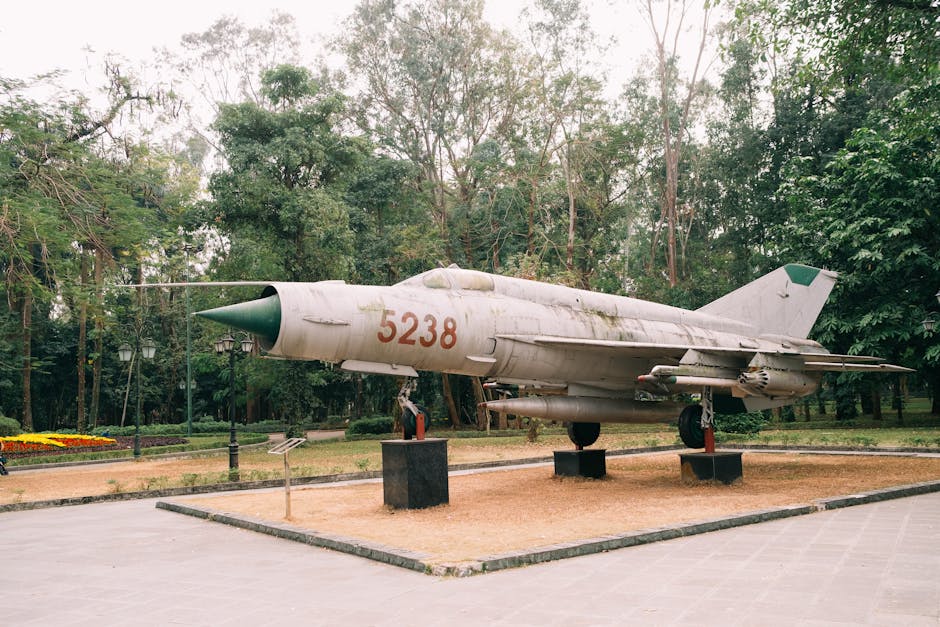A History of British Fighter Jets: From Spitfires to Typhoons
A History of British Fighter Jets: From Spitfires to Typhoons

The Golden Age: World War II and Beyond
British fighter jets have a long and storied history, marked by innovation, resilience, and a consistent commitment to air superiority. The legacy began during the Second World War with the iconic Supermarine Spitfire, a nimble and versatile aircraft that played a crucial role in the Battle of Britain and beyond. The Spitfire's success stemmed from its powerful engine, advanced aerodynamics, and the exceptional skill of its pilots. This period also saw the development of other notable British fighters, like the Hawker Hurricane, showcasing Britain's commitment to technological advancement in aerial warfare. Post-war, Britain continued to push boundaries, leading to the development of jet-powered aircraft that would redefine aerial combat.
The Jet Age: Entering a New Era
The transition to jet propulsion revolutionized aerial combat. Britain's early jet fighters, such as the Gloster Meteor, were instrumental in the post-war development of jet technology. These early jets, while not as sophisticated as their modern counterparts, represented a significant leap forward, paving the way for future generations of British fighter jets. The development of supersonic flight further broadened the capabilities of British fighter aircraft, leading to a new era of aerial dominance.
The Cold War and Beyond: Maintaining Technological Superiority
Throughout the Cold War, the development of British fighter jets was heavily influenced by the geopolitical landscape. The need to counter the Soviet threat resulted in investments in increasingly sophisticated aircraft. The English Electric Lightning, a supersonic interceptor, was a testament to this commitment. It boasted impressive speed and manoeuvrability, providing a vital defence against potential aerial attacks. Further advancements led to the development of multirole combat aircraft, capable of performing a wider range of tasks, including air-to-air combat, ground attack, and reconnaissance. This versatility reflected a shift in military strategy and the evolving demands of modern warfare.
Modern British Fighter Jets: The Typhoon and Beyond
Today, the Eurofighter Typhoon stands as a pinnacle of British fighter jet technology. Developed as a collaborative project with other European nations, the Typhoon represents a potent combination of speed, agility, and advanced sensor technology. Its multirole capabilities make it highly versatile, allowing it to excel in diverse combat scenarios. The Typhoon’s sophisticated avionics and advanced weaponry systems ensure its continued relevance in the face of evolving threats. This impressive aircraft embodies the enduring legacy of British innovation in the field of fighter jet technology.
The Future of British Fighter Jets
Looking to the future, the Royal Air Force continues to invest in the development and upgrade of its fighter jet fleet. Maintaining air superiority demands ongoing technological advancement, adaptation to new threats and continuous investment in training and maintenance. The future undoubtedly holds further innovation and advancement in British fighter jet technology, ensuring the UK’s continued presence in the global aerospace landscape. The emphasis will likely be on enhancing capabilities such as stealth technology, advanced sensors, and networked combat systems.
Key British Fighter Jets: A Summary
- Supermarine Spitfire
- Hawker Hurricane
- Gloster Meteor
- English Electric Lightning
- Eurofighter Typhoon
Conclusion
From the iconic Spitfire to the advanced Typhoon, British fighter jets have consistently been at the forefront of aviation technology. Their history reflects a commitment to innovation, adaptation, and a dedication to maintaining air superiority. As technology continues to evolve, British fighter jets will undoubtedly continue to play a crucial role in safeguarding national security and contributing to global aerospace advancements.

Comments
Post a Comment